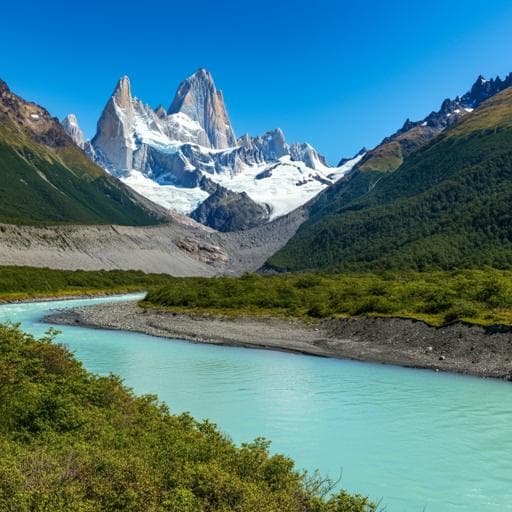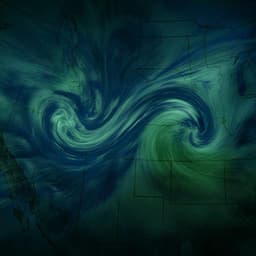
Earth Sciences
Glacier retreat creating new Pacific salmon habitat in western North America
K. J. Pitman, J. W. Moore, et al.
Discover how glacier retreat may open new habitats for Pacific salmon, despite the challenges posed by climate change. This research, conducted by Kara J. Pitman and her colleagues, reveals the potential for over 1,900 kilometers of new spawning grounds by the year 2100.
Playback language: English
Related Publications
Explore these studies to deepen your understanding of the subject.







